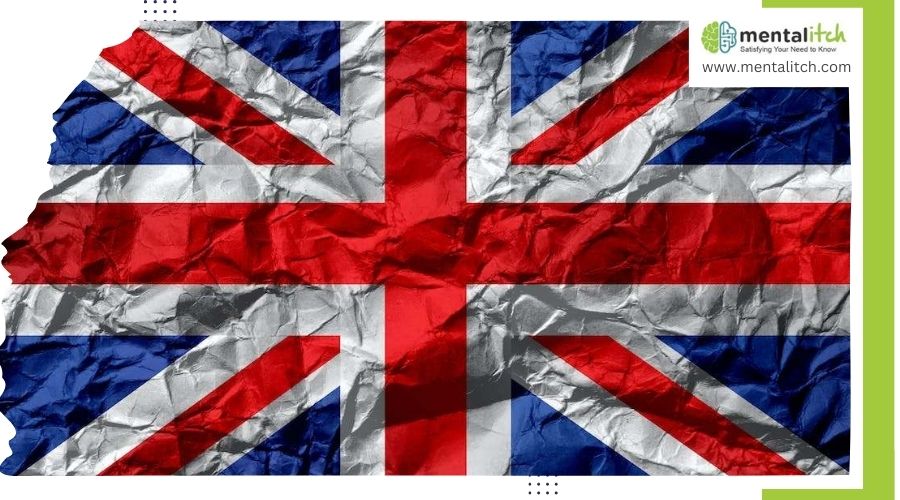The British monarchy, with its centuries-old traditions, grand ceremonies, and fascinating history, captivates people around the world. This article focuses on some of the most intriguing aspects of one of the oldest surviving royal institutions. From the jewels in the crown to the peculiar customs and the personal quirks of monarchs who have reigned over the United Kingdom, these interesting facts peel back the layers of pomp and ceremony to reveal the human side of the royal family.
The Crown Jewels
The Crown Jewels, housed in the Tower of London, consist of over 100 objects that are a combination of symbols of the monarchy’s power and heritage. These priceless artifacts include crowns, scepters, orbs, swords, and rings. Among them is the Cullinan Diamond, the largest cut diamond in the world.
The Queen’s Swans
Every year, an event known as the “Swan Upping” takes place on the River Thames. It’s a census of the swan population, a tradition dating back to the 12th century. The British monarch traditionally owns all unmarked mute swans in open waters, although this right is exercised primarily on certain stretches of the Thames and its surrounding areas today.
A Long-Reigning Monarch
Queen Elizabeth II, Britain’s longest-reigning monarch, ascended to the throne in 1952. Her reign has seen numerous historical events and changes both within the United Kingdom and around the world. She celebrated her Sapphire Jubilee in 2017, marking 65 years on the throne.
The Royal Residences
The British monarchy maintains several residences throughout the United Kingdom, each with its unique history and purpose. Buckingham Palace in London is perhaps the most famous, serving as the official residence. Others include Windsor Castle, the world’s oldest and largest inhabited castle, and Holyrood Palace in Edinburgh, Scotland.
The Annual Christmas Broadcast
The tradition of the Royal Christmas Message dates back to 1932, with King George V’s radio address. This annual broadcast has continued to this day, with the monarch addressing the nation and the Commonwealth, reflecting on the past year, and sending Christmas greetings.
No Passport Required
One intriguing aspect of being a monarch is that the Queen does not require a passport to travel abroad. As British passports are issued in the Queen’s name, it is deemed unnecessary for her to possess one herself. This unique privilege highlights the symbolic authority and singular status of the sovereign within the United Kingdom and the Commonwealth.
A Royal Veto That’s Rarely Used
While the British monarch has the power to veto legislation by withholding royal assent, this power has not been exercised since the early 18th century. The last instance occurred in 1708 when Queen Anne withheld assent from a bill concerning the militia in Scotland. Today, royal assent is considered a formality, and the monarch’s role in the legislative process is largely ceremonial.
The Royal Cypher
The Royal Cypher, consisting of the monarch’s initials and the crown, appears on government buildings, state documents, and certain items of the armed forces. Each monarch chooses their own cypher, which serves as a personal symbol of the sovereign. For example, Queen Elizabeth II’s cypher is “EIIR,” denoting Elizabeth II Regina (Queen in Latin).
The Royal Philanthropy
Members of the British Royal Family are patrons of over 3,000 charitable organizations and carry out numerous engagements each year to support various causes. These range from health care and education to environmental conservation and the arts. The royal patronage not only raises public awareness about these causes but also significantly contributes to their fundraising efforts.
An Heir and a Spare
A common saying in the British monarchy is “an heir and a spare,” referring to the tradition of ensuring that there is more than one successor to the throne. This practice stems from historical instances where an heir to the throne died before becoming monarch, highlighting the importance of securing the line of succession.
Conclusion
In exploring the fascinating aspects of the British monarchy, we uncover a world where history and modernity intertwine, reflecting a legacy that continues to evolve and adapt. From the unique privileges of the sovereign to the ceremonial duties that bridge past and present, the monarchy encapsulates a rich tapestry of traditions that remain integral to British identity.
Discover why Henry VIII is considered one of the British monarchy’s most notorious figures in our detailed post, What Made Henry VIII One of England’s Most Notorious Monarchs? Learn about his dramatic reign, from his multiple marriages to the creation of the Church of England, and how these actions have left an indelible mark on history.
